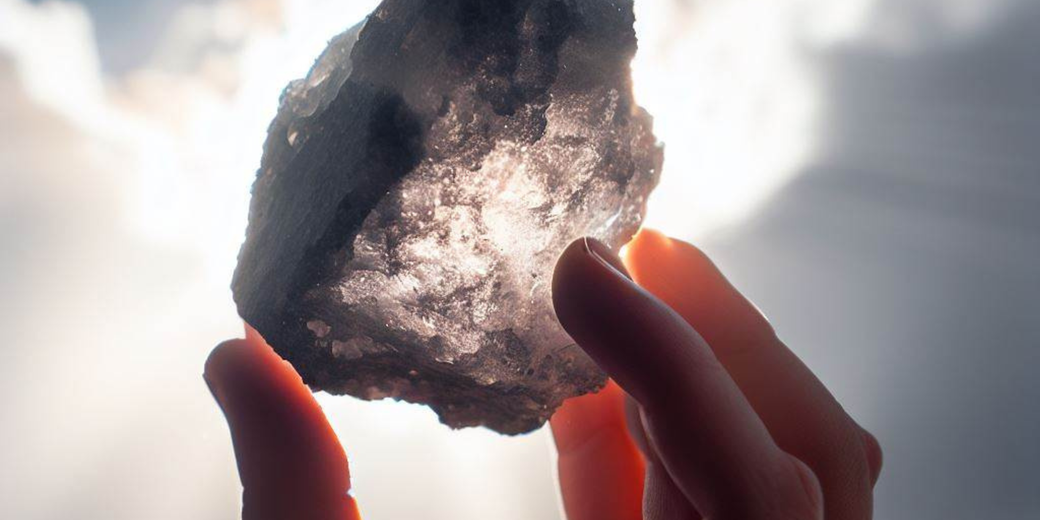The mysterious 'sunstone' that helped the Vikings reach America

For many centuries, the Vikings were notorious for their seafaring exploits, sailing across the seas to pillage and conquer new lands.
But how were they able to navigate their way across the treacherous waters of the North Atlantic with such accuracy? This mystery has puzzled historians and scientists alike for centuries.
While the Vikings were known for their excellent navigational skills, there were no detailed maps, compasses, or GPS devices to guide them.
However, recent research has shed new light on this ancient mystery, and the answer lies in a magical tool known as the 'sunstone'.
Who were the Vikings?
The Vikings were a seafaring people who originated from Scandinavia and thrived during the late 8th to mid-11th centuries.
They were known for their fierce raids and plundering across Europe, but they were also renowned for their seafaring abilities and their long-distance travel across vast expanses of water.
They sailed to many different regions, including modern-day Russia, Greenland, Iceland, North America, and even as far as the Middle East and Africa.
The Vikings' extensive voyages were primarily for trade, exploration, colonization, and raiding.
They established trade networks across Europe and beyond, trading goods such as furs, timber, weapons, and precious metals.
They also explored new lands, seeking opportunities for settlement and expansion.
One of the tools they used to navigate the seas was a mysterious sunstone.

What was the 'sunstone'?
The sunstone, also known as a solar compass, was a tool that allowed the Vikings to determine the position of the sun even when it was obscured by clouds or mist.
It was said to be a magical stone that could locate the sun’s position even on cloudy days, making it a valuable tool for navigation.
The existence of this artifact is known from medieval written sources, including Rauðúlfs þáttr and Hrafns saga Sveinbjarnarsonar from the 13th century.
What makes the identification of a historical sunstone difficult, is that these written accounts are largely mythological, with elements that are fantastical.
Therefore, historians have been reluctant to say that a real sunstone existed, or whether it was simply a literary device used by the authors of the sagas.
Recent proof of a real 'sunstone'?
The exact nature of the sunstone is still a mystery. There are no surviving examples of the device, and there is no concrete evidence of how it was used.
However, there are some theories about how the sunstone may have worked.
The theory that was first proposed in 1967 by Thorkild Ramskou, a Danish archaeologist, was that the sunstone was made of a type of crystal called calcite, also known as 'Iceland spar'.
Iceland spar is a transparent type of mineral that has a unique optical property called birefringence, which causes double refraction of light passing through it.
This means that when light passes through the crystal, it splits into two rays that travel at different speeds and in different directions.
The theory is that the Vikings used the calcite crystal to determine the location of the sun by looking through it and rotating it until the two images of the sun aligned.
This would have allowed them to determine the sun's position, even on cloudy days when the sun was not visible to the naked eye.
A 2011 study led by researchers at Eötvös Loránd University in Hungary demonstrated through laboratory experiments that Iceland spar can indeed be used to locate the sun's position with an accuracy of within a few degrees.

Another theory is that the sunstone was used to detect the polarization of sunlight.
Polarization is the orientation of the electromagnetic waves that make up light.
When sunlight passes through the atmosphere, it becomes polarized, and the direction of polarization changes depending on the position of the sun in the sky.
The theory is that the Vikings used the sunstone to detect the polarization of sunlight and determine the position of the sun.
They would have done this by rotating the stone until it detected the maximum polarization of light, which would have indicated the location of the sun.
Regardless of how the sunstone worked, it may have been one of the reasons why the Vikings were such successful navigators, able to travel great distances and explore new lands.
What do you need help with?
Download ready-to-use digital learning resources
Copyright © History Skills 2014-2025.
Contact via email
With the exception of links to external sites, some historical sources and extracts from specific publications, all content on this website is copyrighted by History Skills. This content may not be copied, republished or redistributed without written permission from the website creator. Please use the Contact page to obtain relevant permission.





